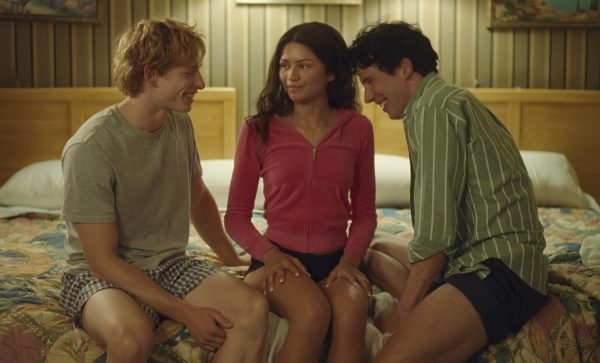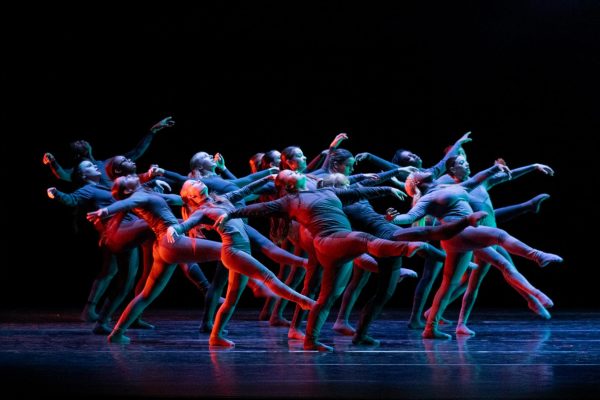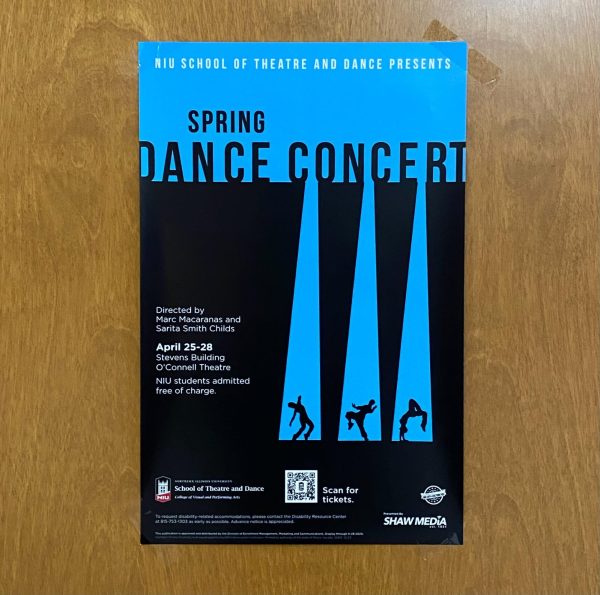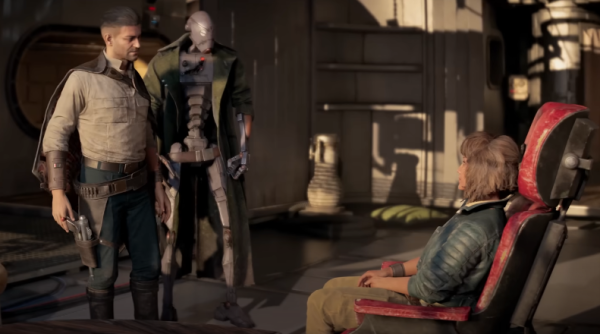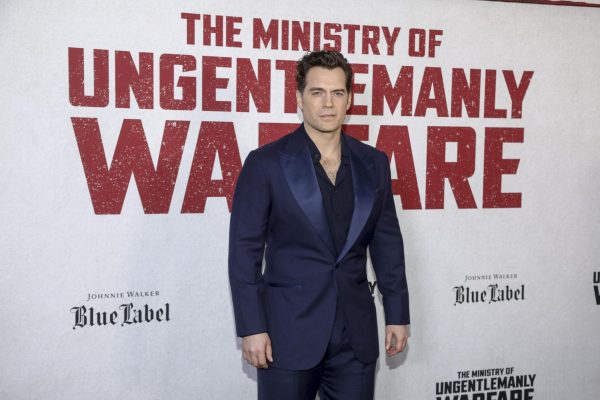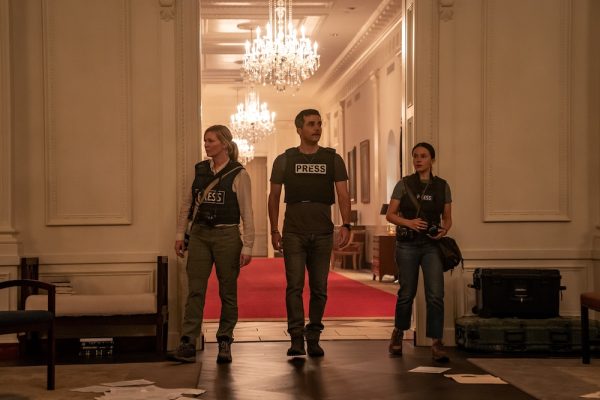Spike Lee’s ‘Da 5 Bloods’ highlights similarities of Vietnam War and 2020 America
June 18, 2020
Spike Lee has released another timely and powerful film,“Da 5 Bloods” on Netflix June 12, that excels in communicating strong themes and immense levels of anger, understanding, passion and maturity.
The film opens up with an assortment of footage taken throughout the years of the Vietnam War. The footage highlights the protests, the pain felt by black Americans and leaders during that time, America’s war crimes, iconic moments in black history and America’s worst reflection in police brutality and the shootings of innocent protestors and students at Kent State University and Jackson State.
It’s all very overwhelming. Lee sends a very clear message to his viewers without wasting any time in classic Lee fashion. With obvious parallels to America in 2020, one cannot help but feel very worrisome of the current state of our nation.
After about five minutes of straight archival footage, the film settles itself into the story, and this is where “Da 5 Bloods” is at its weakest. The film is rather clunky and generic, it truly doesn’t feel like a Lee film until 15 minutes into the runtime.
The viewer is introduced to our main leads who are soldiers in the same division during the Vietnam war known as “Bloods.” The bloods secure a site of a crashed CIA airplane to find a stash of gold bars to be delivered to local natives. The Bloods agree that they have been blackballed by their own government and they’re the ones who deserve the stash. They agree to bury the gold bars only to find themselves being caught in a firefight with Vietnamese troops.
The fight leaves one of the bloods, Stormin’ Norman played by Chadwick Boseman, dead. The bloods vow to return one day to bring his remains back to America along with the gold. The rest of the film follows the bloods on their trip back to Vietnam as they deal with past demons, PTSD, old relationships and bad blood with the Vietnamese.
Per usual, Lee has a lot to say about inequality, morals within war, systematic racism and PTSD. Black soldiers were forced on the front lines before white soldiers; and even though many black Americans put their lives on the line for a government that showed little respect for them, they were often discriminated against when they came back to America.
One of the more powerful scenes in “Da 5 Bloods” is the discussion of the war crimes committed by U.S. troops in My Lai. U.S. troops were targeting Viet Cong, a mass political origination out of Vietnam and Cambodia that formed their own army. In My Lai, there was no Viet Cong. Higher ranking officials continued with the attack leaving innocent civilians including women and babies slaughtered. With footage of severe police brutality at the beginning of the film and now archival photos of the My Lai massacre, the wrongdoings of America’s system is a major theme Lee continues to imbed into the viewer’s mind.
Anchoring the film are the sensational performances by Boseman, Delroy Lindo as Paul, Jonathan Majors as David and Clarke Peters as Otis. While this film is centered around the five bloods, this film is mainly about Paul and the blood who died in battle, Stormin’ Norman who Paul looked up to dearly. Lee handles Paul’s PTSD with maturity and authenticity. Lindo gives the performance of his career with an immense presence every time he is on screen. Boseman doesn’t have a ton of screen time compared to the other bloods but easily gives the second strongest performance in the film through a powerful vulnerability and leadership among the bloods. Peters and Majors serve critical roles in the film because of their relationships with Paul and former love interests back when they served in Vietnam. Overall, the ensemble cast works extremely well because of their unique and strong chemistry.
“Da 5 Bloods” is also a technical marvel. The landscapes are utterly gorgeous and Lee and cinematographer Newton Thomas Sigel use every location to their best ability and create an assortment of memorable visuals. The musical score by Terence Blanchard is also a key contributor to the somber and urgent tone of the film. Additionally, the editing from Adam Gough is seamless and impressive.
“Da 5 Bloods” could not have been released at a better time. Lee’s view of the world serves as visual poetry as his filmography has a clear and revolutionary message to his viewers on the past and current state of the issues within our nation.





